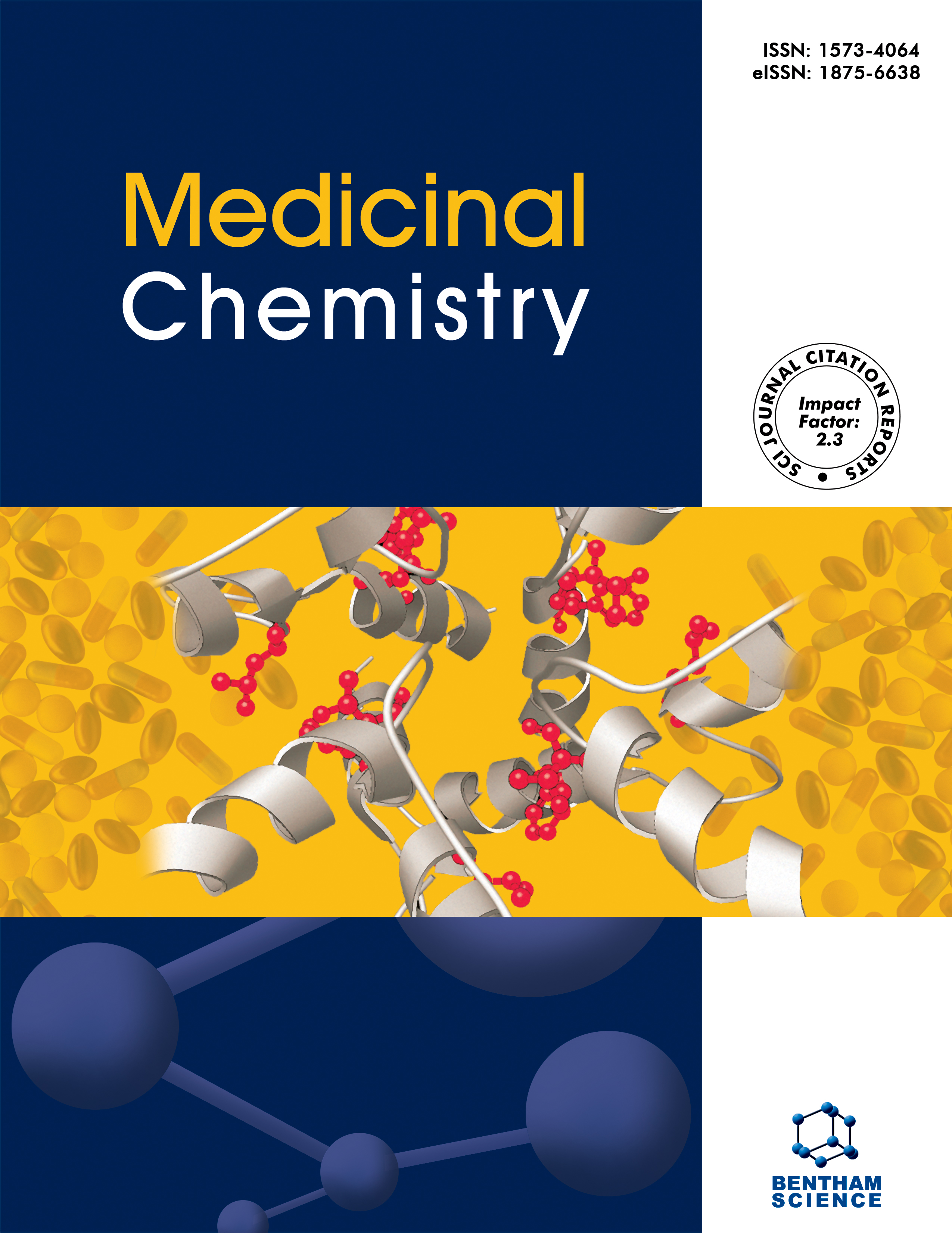
Full text loading...
We use cookies to track usage and preferences.I Understand

Epilepsy encompasses numerous syndromes characterized by spontaneous, intermittent, and abnormal electrical activity in the brain. Affecting about 1-2% of the population, it is estimated that approximately 30-40% of patients experience refractory epilepsy, which does not respond to traditional anticonvulsant drugs.
Therefore, developing novel, safe, and effective antiepileptic drugs remains a medical need. In this study, we synthesized a series of isoindoline-1,3-dione derivatives and evaluated their anticonvulsant effects.
Compounds (2a-j) and (5) were obtained with yields ranging from 52-97%. These compounds were assessed for their protective effects on the following parameters: a) time to first seizure (seizure latency), b) seizure duration, and c) mortality rate post-seizure. The most active compound, (2a), increased seizure latency, reduced seizure duration, and lowered the mortality rate.
These findings indicate that compound (2a) is a promising new anticonvulsant prototype, offering an alternative to current anticonvulsant drugs.

Article metrics loading...

Full text loading...
References


Data & Media loading...